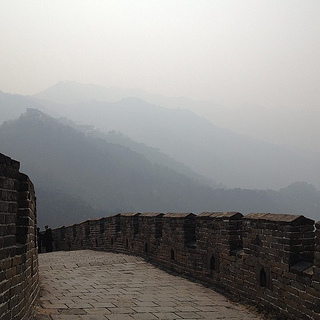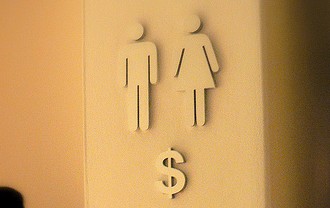
Amidst the uncertainty surrounding the health of Nelson Mandela, it’s an interesting time to reflect on the legacy of race and inequality in South Africa. Although the work of Mandela and others has extended human rights to black South Africans, a recent Al Jazeera article by Minnesota sociologist Cawo Abdi illustrates the continued violence and racism against Somali immigrants in South Africa, as highlighted by the recent gruesome murder of a young Somali refugee.
Relegated to informal housing settlements, many Somali refugees work as entrepreneurs in the informal economy. They open shops, called spazas, that provide goods and services to neglected, poor black neighborhoods. These neighborhoods themselves are rife with violence, both criminal and vigilante. Abdi writes:
Labeling violence against migrants as simply xenophobic diverts attention from the context of violence, the generalized criminality that is a daily reality for those in informal settlements. The brutality forces us to confront the limited access that many South Africans have to the social, economic, and political rights enshrined in the country’s progressive constitution.
Historically considered an issue of racial equality between black and white South Africans, Abdi demonstrates that issues of economic inequality and anti-immigrant sentiment are just as pervasive in the country.





